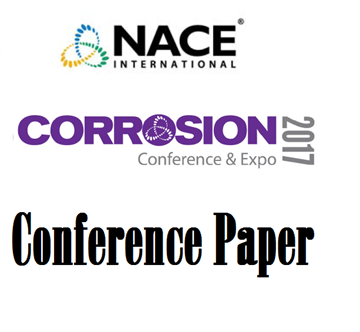Search
99018 PIPELINE FAILURE: THE ROLES PLAYED BY CORROSION, FLOW AND METALLURGY
Also Purchased
51317--9742-Root Cause Analysis of an Upstream Pipeline Failure Due to Multiple Operating Factors
Product Number:
51317--9742-SG
ISBN:
9742 2017 CP
Publication Date:
2017
$20.00
10384 Effects of Flow Regime on Solids Deposition in Multiphase Petroleum Flow
Product Number:
51300-10384-SG
ISBN:
10384 2010 CP
Publication Date:
2010
$20.00
96026 CAROLINE PIPELINE FAILURE: FINDINGS ON CORROSION MECHANISMS IN WET SOUR GAS SYSTEMS CONTAINING SIGNIFICANT CO,
Product Number:
51300-96026-SG
ISBN:
96026 1996 CP
$20.00




